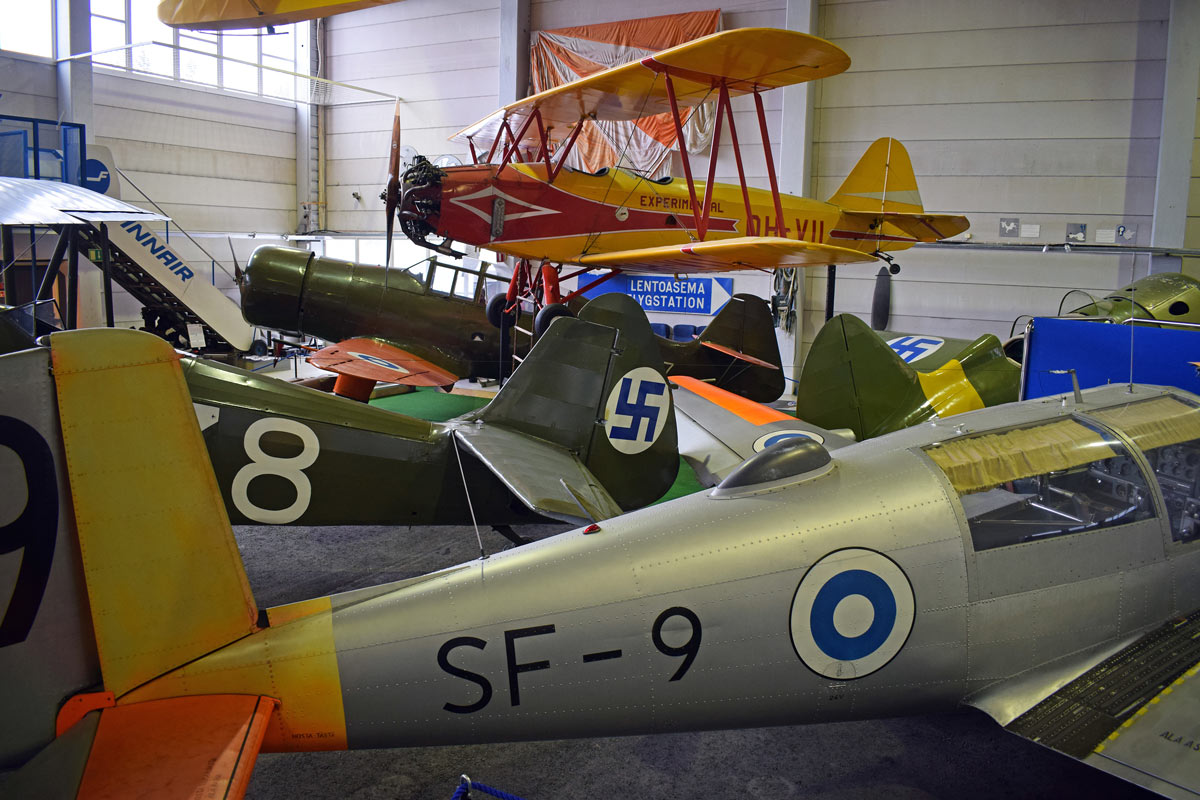Would you be surprised to find a swastica in Finland?
Since 1918, this kind of symbol is present in the country and it has caused many times controversies due to its unavoidable comparison with Nazism, although there is no direct connection with the German Reich.
The swastika issue is not new in Finland. From time to time, the discussion comes back to the public opinion, but this last time it has spread throughout the world. International media (from the USA, the United Kingdom, Germany, Brazil, Spain, etc.) informed that Finnish Air Force (FINAF, Ilmavoimat in Finnish) had been gradually removing the swastika without a public announcement.
The presence of the swastika in Finland is as old as the Finnish Air Force.
Its foundation, the 6th of March 1918, is considered as the moment when the Swedish Count Eric von Rosen donated an aircraft, FINAF tolds, with the symbol of luck of his family: the swastika. It was given during the Finnish Civil War to the White Guard (progovernment), that was fighting against the Red Guard (socialists).

Photo: Pablo Morilla.
Linked to Hermann Göring
Who was Eric von Rosen? According to the Swedish ethnographer Gerhard Lindblom, he was a historian, explorer and ethnographer born on 2nd June 1879 and died on 25th of April 1948. The fact that many people use against the Finnish swastika is that von Rosen was “a well-known Nazi sympathizer”, according to the professor Teivo Teivainen of the University of Helsinki.
Moreover, his sister got married to Hermann Göring, a prominent Nazi politician, during the 1920s.
Another argument used by people against the swastika is that “the Finnish military was directly associated with the German Nazi government”, as professor Teivainen says. It should be remembered that Germany was an ally during the Continuation War (1941-44) against the URSS, but the Nazi troops were also the enemies during the Lapland War (1944-45).
The fact is that all the arguments against the swastika are referred to future matters. When von Rosen gave away the aircraft, neither he nor that symbol could be linked to Nazism. The origin of von Rosen's swastika is actually from the Vikings, as he adopted it when he was a child in Gotland (Sweden).
Different from the Nazi symbol
Some researchers have also positioned against removing swastikas in general. Postdoctoral Researcher at University of Helsinki Juha-Matti Granqvist defends that the colour and the position of this character changes its meaning from good to bad. While the Finnish one is straight and blue, the Nazi one is at a 45-degree angle and black.
But the Finnish Air Force weren't the only entity that used the swastika in the country.
Lotta Svärd, the organization composed of women whose purpose was to help “on social aid and relief work” from the beginning of the 1920s until the end of the Second World War also used it.
According to the Lotta Svärd website, their symbol was designed by the Finnish artist Eric Vasström in 1921, three years after the swastika appeared with the Finnish Air Force. Even though, Lotta Svärd tries not to connect that with Nazism, remembering that swastika has been used all over the world for centuries and it can be still found in some countries in Asia.

Finnish military medals at the Militaria museum in Hämeenlinna. Photo: Pablo Morilla.
In addition, the Order of the Cross of Liberty contains a swastika, although due to its shape, it is harder to identify with Nazism. As can be seen in medals or even in the Presidential Standard, the arms are shorter and it is integrated inside the cross, so it might not be distinguished at first sight.
Anyway, should the swastika be removed in Finland? The controversy is still on.
*Pablo Morilla is a journalist, author of the blog Michan en Finlandia.











